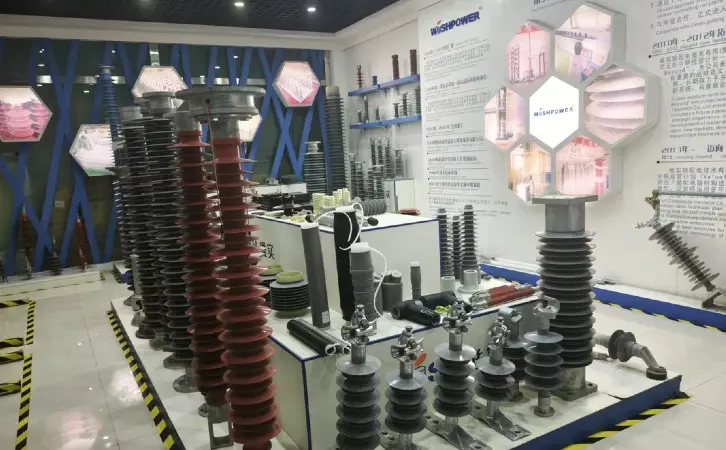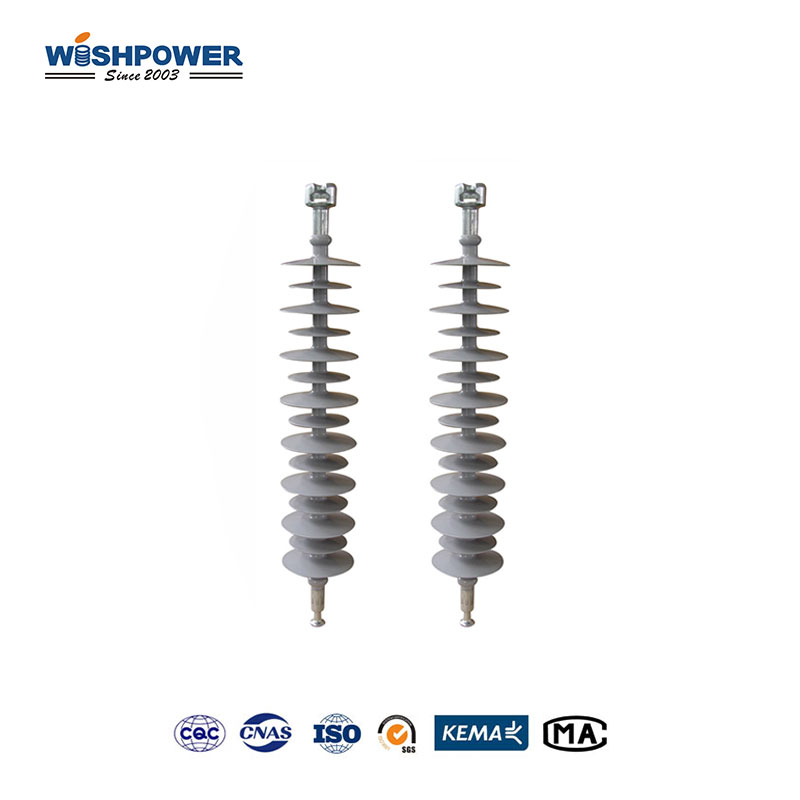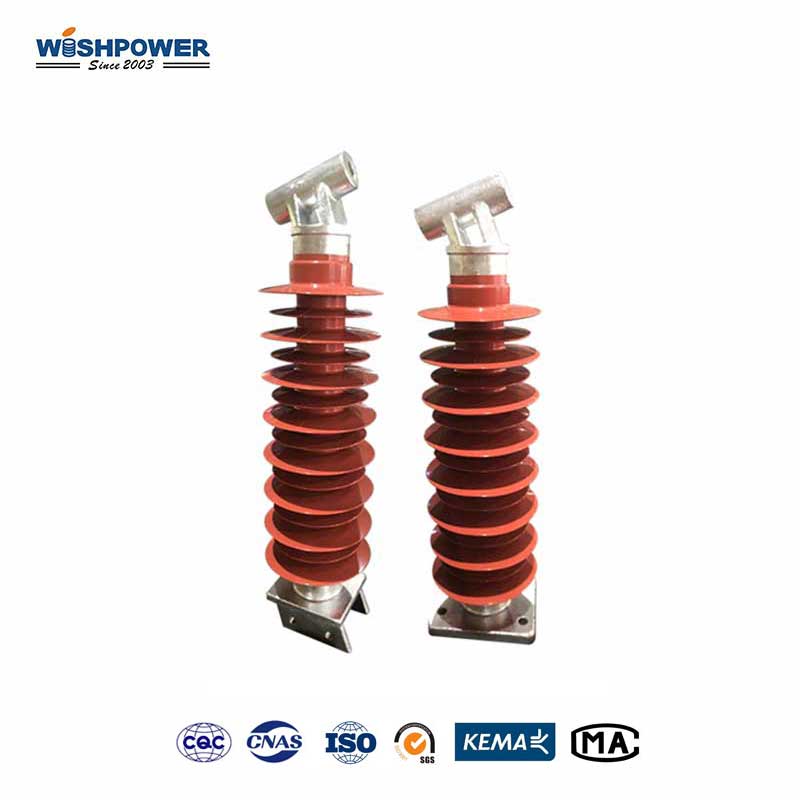What is the Best Material for High Voltage Insulators?
In high-voltage power transmission systems, the material of the insulator plays a crucial role in ensuring electrical safety and reliability. Many clients often ask: What is the best material for high voltage insulators? Choosing the right material directly impacts performance, longevity, and cost-effectiveness. In this article, we’ll explore various common materials and explain why composite insulators are increasingly favored—highlighting WishPower’s advantages and technical details.

WishPower Pricing Advantage
WishPower offers highly competitive pricing thanks to its integrated manufacturing and supply system. For example, standard 10kV–35kV polymer insulators are priced as low as $3 per piece. Compared to traditional imports, this can save over 20% on bulk orders, making WishPower a preferred supplier for cost-sensitive projects.
Product Description
High voltage insulators support and electrically isolate conductors in power systems. They are mainly classified by material: ceramic, glass, and composite (polymer). Among them, composite insulators—made from silicone rubber and FRP rods—offer excellent anti-pollution performance, light weight, and mechanical strength. WishPower specializes in polymer insulators up to 35kV, with customizable fittings, colors, and mechanical ratings.
Technical Specifications
| Parameter |
Details |
| Rated Voltage |
10kV / 24kV / 35kV |
| Insulator Type |
Suspension / Line / Pin |
| Material |
Silicone Rubber + FRP + Galvanized Steel |
| Color Options |
Grey / Red / Blue / Custom |
| Tensile Strength |
≥70kN (model dependent) |
| Creepage Distance |
≥25mm/kV (customizable) |
| Service Life |
≥25 years |
Performance Features
WishPower polymer insulators are built with high-strength fiberglass rods and high-grade silicone rubber, ensuring excellent insulation and mechanical properties. Key features include:
- Excellent resistance to pollution and tracking
- Explosion-proof and shatter-resistant
- Lightweight and easy to install
- Ideal for high-humidity and coastal areas
Standards and Compliance
WishPower insulators are manufactured in compliance with IEC 61109, GB/T 19519, and ANSI standards. Every product undergoes rigorous factory testing to ensure electrical, mechanical, and environmental reliability.
Application Scope
WishPower composite insulators are widely used in power transmission lines (up to 110kV), substations, railway systems, wind farms, and industrial facilities. They are a modern, reliable replacement for traditional ceramic insulators.
WishPower is a professional supplier of power system equipment. If you have procurement needs, feel free to contact us for a quote—we offer competitive pricing globally.

















